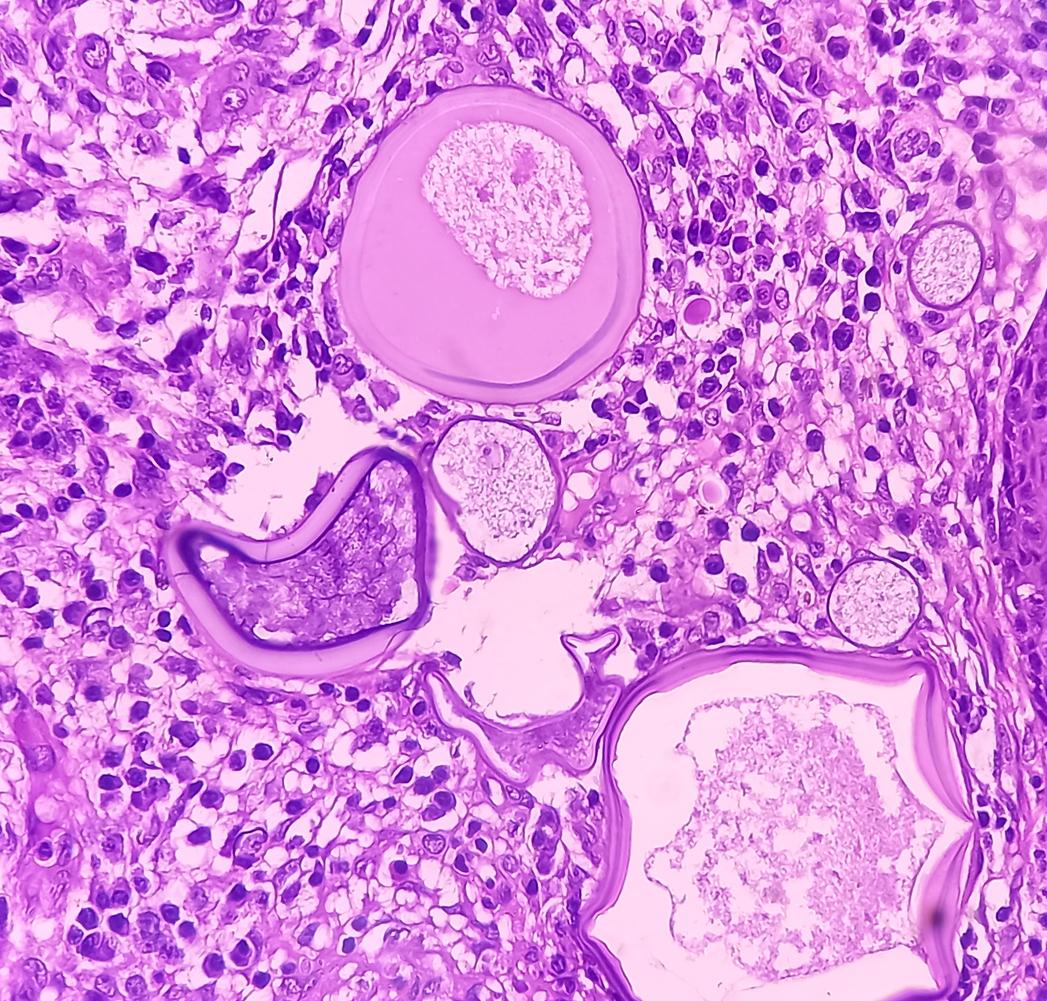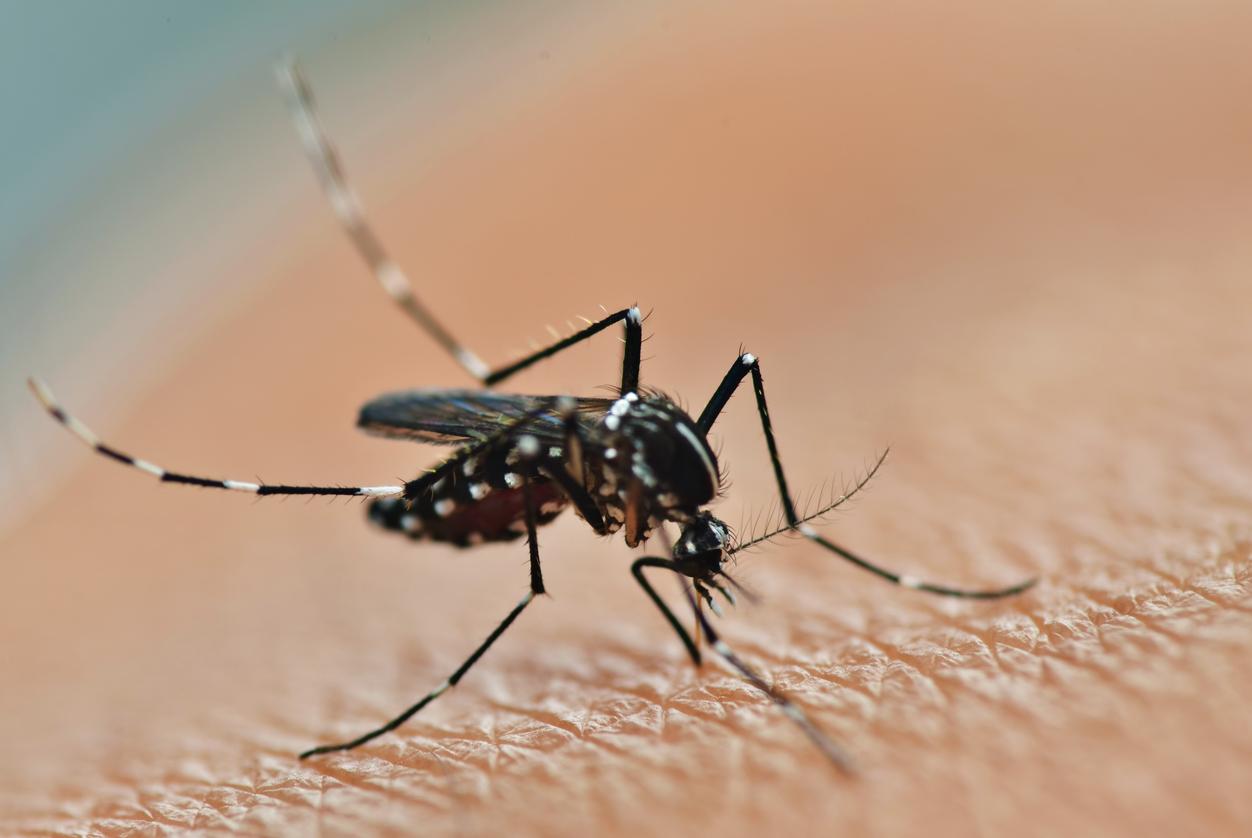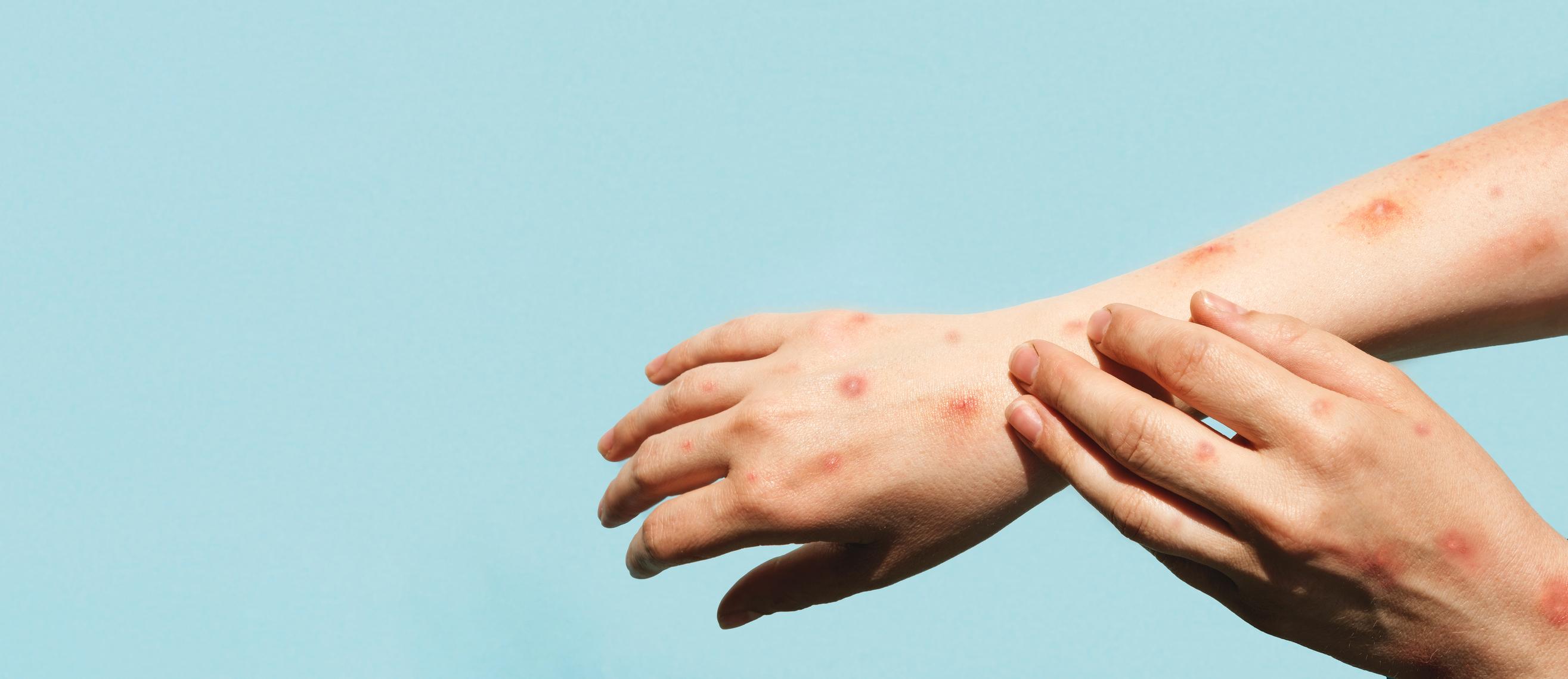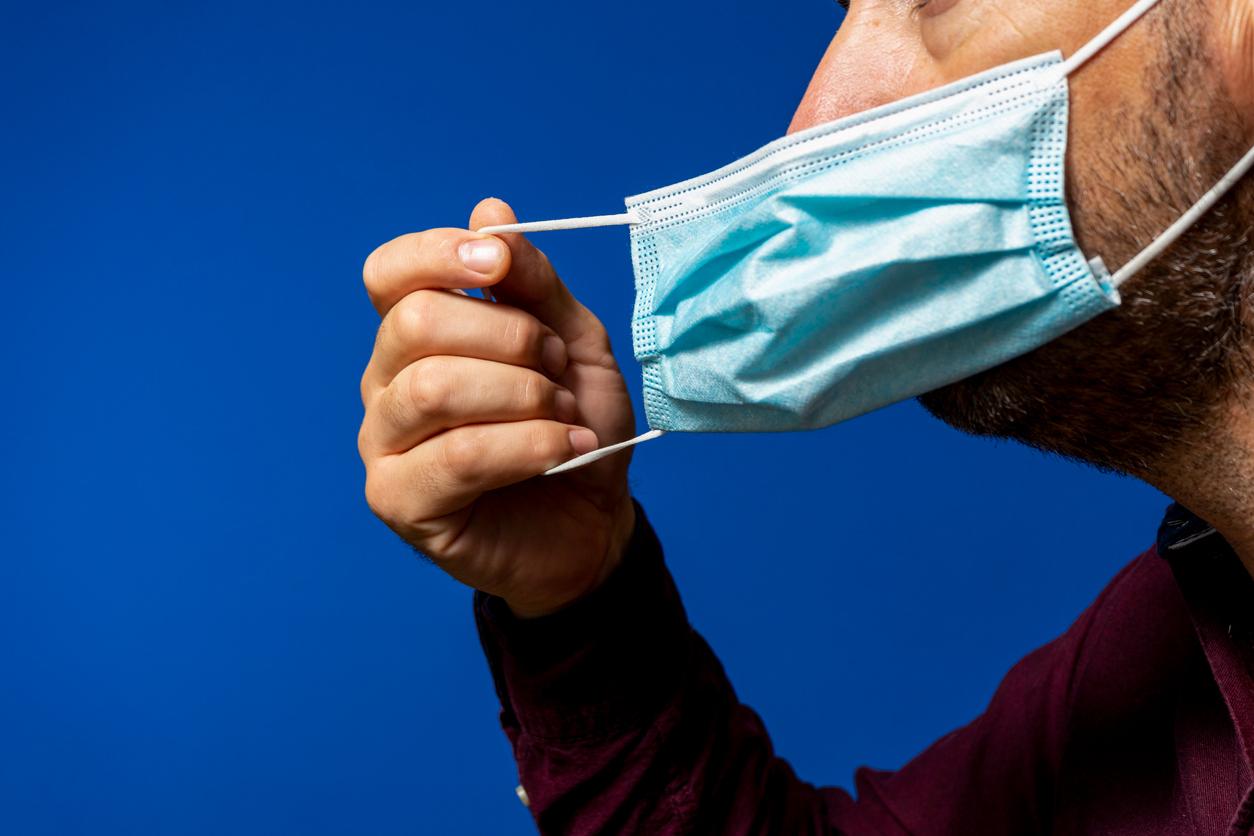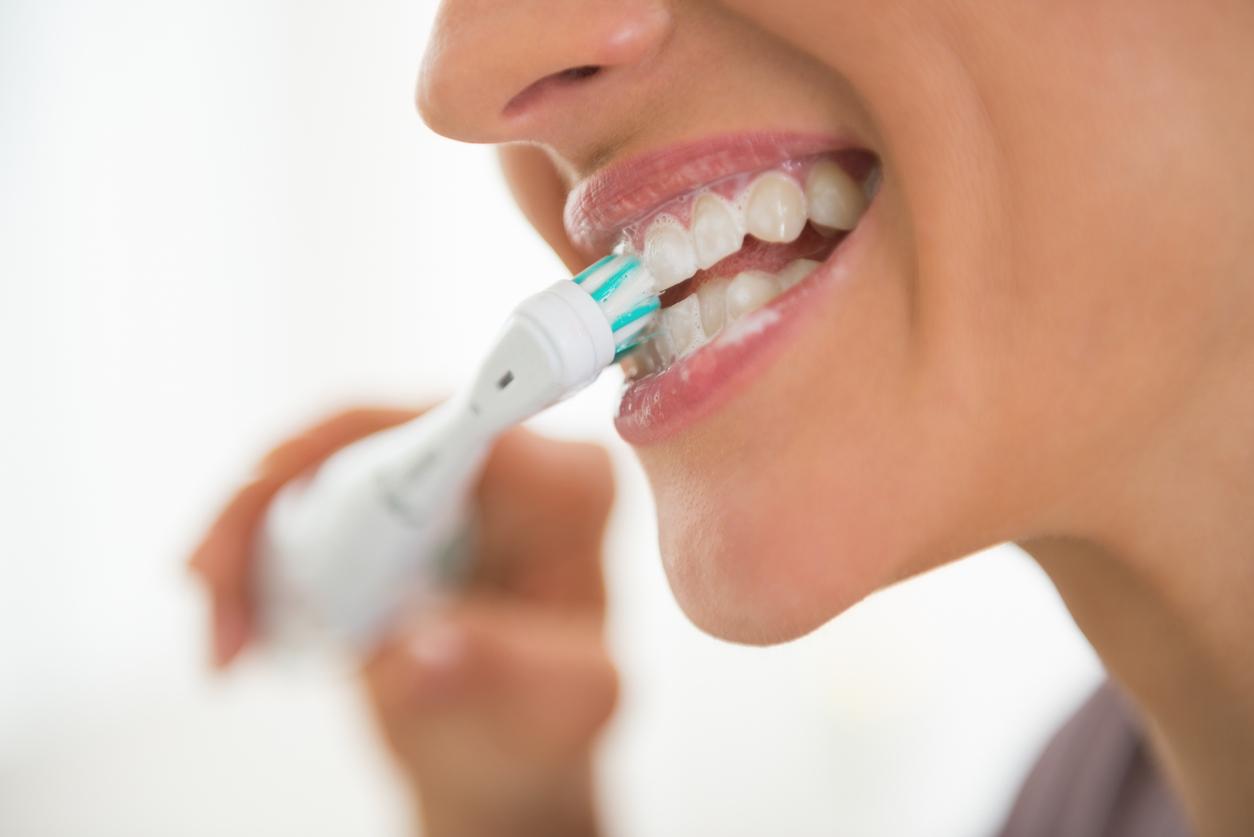It protects us from the cold, but also from infections. Researchers have found that subcutaneous fat produces anti-microbial molecules in the presence of viruses or bacteria.
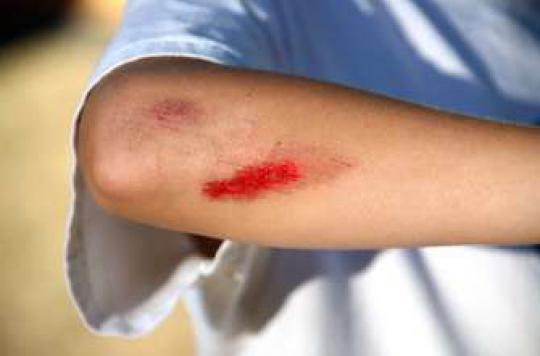
Fat is sometimes good … Fat cells in the hypodermis help us fight infections. This is the conclusion of a study published in Science. A role hitherto remained unknown to doctors.
The innate immune system
“It was believed that once the skin barrier was broken, the responsibility for protecting us from sepsis fell entirely to circulating blood cells such as neutrophils or macrophages”, specifies Richard Gallo, co-author of the study and researcher. at the University of California at San Diego (United States). But it takes some time to transfer these immune cells to the site of infection. Other cells must therefore provide immediate defense, the researchers assumed. These are to some extent epithelial cells (mast cells and leukocytes). But other cells, forming the innate immune system, play an important role. These are the antimicrobial peptides (AMP). “AMPs form our first natural line of defense against infection,” explains Richard Gallo. “They go back to an ancient evolution, and all living organisms use them to protect themselves. “
An immediate response
Through experiments in mice and humans, the American team has demonstrated the key role of subcutaneous adipocytes. They produce antimicrobial peptides (AMP) and more particularly cathelicidin (CAMP). These molecules have the capacity to destroy pathogens (bacteria, viruses, fungi, etc.).
Two groups of mice were exposed to Staphylococcus aureus, the leading cause of skin or soft tissue infections in humans. On the one hand, rodents that do not produce adipocytes, on the other, specimens whose fat cells do not express enough antimicrobial peptides. In both cases, the animals suffered from more frequent and severe infections, which confirms the immune role of these cells.
“We have shown that fat stem cells are responsible for our protection. It was totally unexpected, ”emphasizes Richard Gallo. “We didn’t know that adipocytes could produce antimicrobials, let alone that they act almost as much as a neutrophil. Neutrophils, alongside monocytes, represent the strongest defense of the immune system and literally devour pathogens.
Better understand obesity
Experiments in humans confirm that our subcutaneous adipocytes produce cathelicidin. Interesting detail: the levels of CAMP in the blood were higher in obese subjects… which goes in the direction of the inflammatory track. “Defective production of AMP by mature adipocytes can occur due to obesity or insulin resistance, resulting in greater susceptibility to infections, but too much cathelicidin can cause an inadequate inflammatory response. The key is that we now know this piece of the immune puzzle, ”said Richard Gallo. These immune cells would therefore be a double-edged sword that should help us better understand autoimmune or inflammatory diseases.
.









